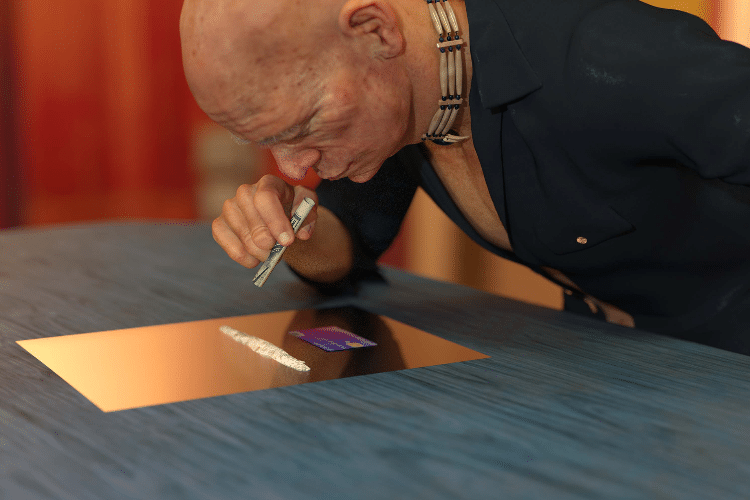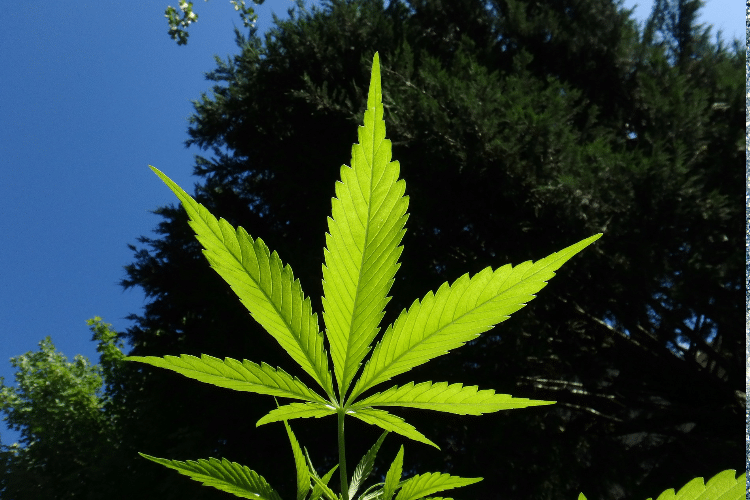
When You’re Abruptly Cut Off Your Opioids
In this article, you’ll learn what happens when you’re abruptly cut off your opioids and what you can do to help yourself.
Table of Contents
The problem
It seems there are two kinds of opioid-using chronic pain patients these days.
- Those whose doctors have abruptly cut them off from their opioids
- Those who live in fear of it happening to them.
Their doctors are fearful too—of the Drug Enforcement Agency (DEA) arresting them for prescribing “too many” opioids or losing their licenses for similar reasons. New “voluntary” prescribing guidelines published by the CDC in March 2016 appear to have exacerbated this problem, as many pain patient advocates had warned it would.
Regardless of the arguments for and against the safety and effectiveness of opioids for the treatment of chronic pain, abrupt discontinuation of opioids is a cruel and counterproductive practice. After a week or two of administration, the human body adapts to the presence of opioids by reducing its production of endorphins, the body’s natural opioids, and increasing the production of adrenaline to counteract the sedative effects of the opioids. This adaptation is called physical dependence.
Discontinuation of opioids once physical dependency has occurred will result in withdrawal symptoms.
Withdrawal symptoms will vary in intensity – depending on the length of use, dosage, and other factors.
Physical withdrawal symptoms:
- a flu-like sick feeling with a runny nose
- sweating, chills
- nausea
- diarrhea
- stomach cramps
- fatigue
- loss of appetite
- muscle aches and cramps that can become severe, particularly in the back and legs
Psychological symptoms:
- anxiety
- irritability
- insomnia
- depression
- difficulty concentrating
- cravings for the drug may also be present
Withdrawal symptoms may begin within 12-24 hours after the last dose of opioids. Severe symptoms last for about a week, after which a pain patient still has to deal with the pain that prompted the opioid prescription in the first place.
Short-term interventions
All the experts I consulted for this article agreed that withdrawal symptoms are time-limited and not life-threatening. But, as Dr. Stephen Grinstead, founder of A Healing Place – The Estates, and a chronic pain patient who’s been through opioid withdrawal, noted, “No one’s going to die from it—they just wish they would”.
There are medical interventions and self-care strategies that are helpful in reducing the severity and duration of opioid withdrawal. Dr. Denis Patterson, of Nevada Advanced Pain Specialists, recommends a medical approach, if available, in an inpatient rehabilitation facility or outpatient addiction treatment program. In these programs, physicians are able to prescribe medication that can ease withdrawal symptoms, including buprenorphine, which helps suppress withdrawal symptoms and cravings. The problem with buprenorphine, however, is that it is an opioid, and withdrawal from it can also be problematic.
If you have to go through withdrawal on your own, Dr. Patterson recommends the following:
Nausea/vomiting
Medications that contain the active ingredients bismuth subsalicylate (e.g. Pepto-Bismol) and phosphorated carbohydrate solution (e.g. Emetrol) can help.
Diarrhea
Medications that contain the active ingredients bismuth subsalicylate (e.g. Pepto-Bismol, Kaopectate) and loperamide (e.g. Imodium) can help.
Dehydration
Water
Muscle cramping
Fluids that contain electrolytes (e.g. Gatorade, Pedialyte, etc)
Agitation
Exercise (e.g. yoga), meditation, biofeedback, and sleep. Some people may benefit from using antihistamines such as diphenhydramine (e.g. Benadry). Antihistamines should be used with caution because in some individuals they can have a paradoxical effect and can worsen their agitation.
Herbal and homeopathic remedies that address the same symptoms are good alternatives. Ginger and homeopathic remedy cocculus indicus can be helpful for nausea. Yellowroot, bayberry, comfrey, peppermint, slippery elm, white willow, black walnut, and green tea are helpful for treating diarrhea. Homeopathic remedy ipecac treats both nausea and diarrhea.
Dr. Grinstead favors Suboxone as a medication to ease withdrawal. Suboxone is a combination of buprenorphine and naloxone. Naloxone blocks the effects of opioid medication, including pain relief and feeling of well-being that can lead to opioid abuse. Patients have usually tapered off Suboxone after 6- 8 weeks but they can be continued on the medication for up to a year.
Dr. Grinstead, whose program includes many alternative therapies, recommends a dietary detox cleansing protocol for 5-7 days. He also recommends relaxation and cognitive behavioral therapy because stress intensifies symptoms and exercise for flexibility and mobility to ease the pain of withdrawal.
Acupuncture, massage, aromatherapy and spending time in the sun have also been reported to ease withdrawal symptoms.
Many pain patients have reported that marijuana helped them to reduce or eliminate their use of opioids. Some physicians are now using medical marijuana to ease withdrawal as well as for long-term pain management Dr. Gary Witman of Canna Care Docs in Massachusetts reports he has helped many patients withdraw from opioids through a one-month tapering program using marijuana. Canna Care Docs is a network of facilities that certify patients for medical marijuana in Arizona, Delaware, Maryland, Washington D.C., Massachusetts, Maine, New Hampshire, New York and Connecticut.
WARNING: Be very careful about restarting opioids if you have gone through withdrawal. Withdrawal reduces tolerance to the drugs, so patients who have just gone through withdrawal can overdose on a much smaller dose than they used to take. Most opiate overdose deaths occur in people who have just detoxed.
Long Haul
Once you have gotten through withdrawal, the problem of how to treat the pain remains. Many patients are surprised that their pain levels without opioids are not as severe as they expected. This is due to many factors. Pain is exacerbated when opioids wear off between doses, a phenomenon is known as rebound, leading the patient to believe the baseline level of pain without medication is higher than it actually is.
Pain is also exacerbated by withdrawal, as already noted. In addition, as the level of opioids introduced into the body is reduced, the body starts producing more of its own natural (endogenous) opioids. And, lastly, some opioid users develop a condition called hyperalgesia, where usage of opioids actually creates more pain and stopping opioids relieves pain.
Long-term management of chronic pain is best achieved with a multidisciplinary approach that addresses the underlying causes of the pain and treats the whole person, mind, body, and spirit. Safe and effective pain treatments include acupuncture, biofeedback, cognitive behavioral therapy, chiropractic, physical therapy, massage, nutritional and herbal interventions, low-level laser therapy, medical marijuana, neurofeedback, homeopathy and many others. To learn more about these therapies and whether they are right for you, read my book, The Truth About Chronic Pain Treatments: The Best and Worst Strategies for Becoming Pain Free.

By Cindy Perlin, LCSW. Cindy Perlin is a Licensed Clinical Social Worker, Board Certified Biofeedback Practitioner, chronic pain survivor, and the author of The Truth About Chronic Pain Treatments: The Best and Worst Strategies for Becoming Pain-Free.







